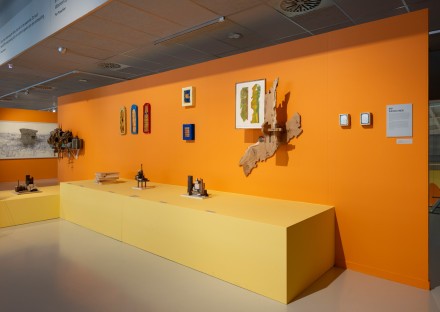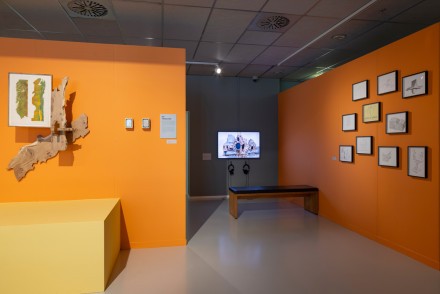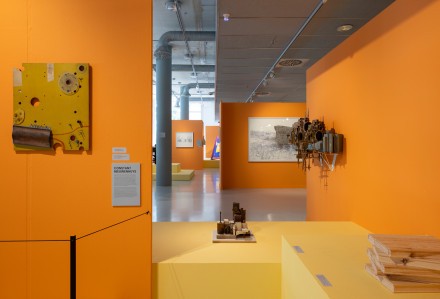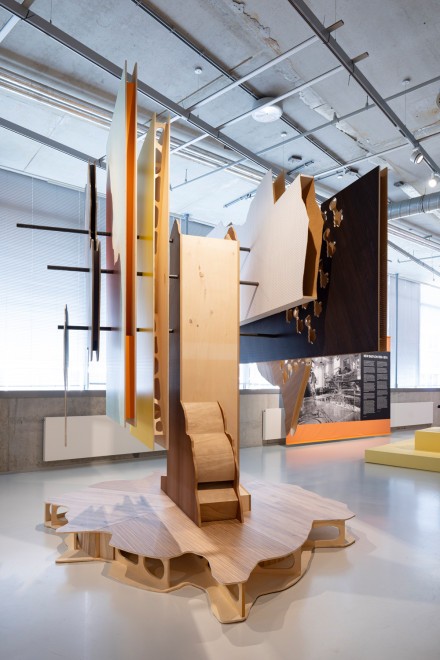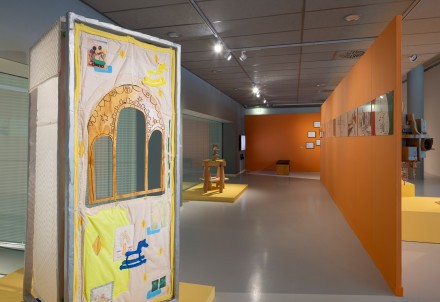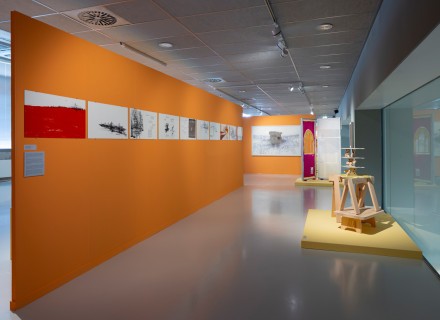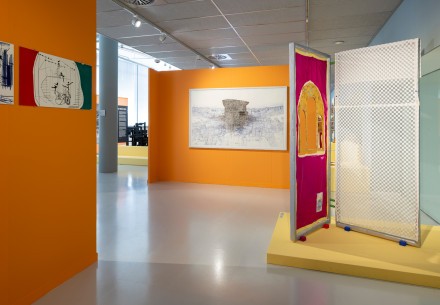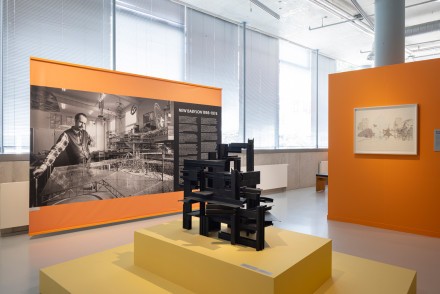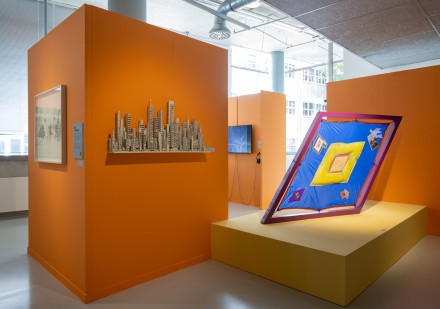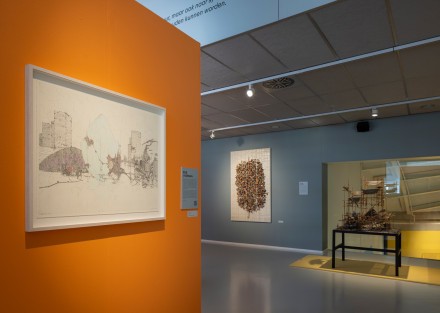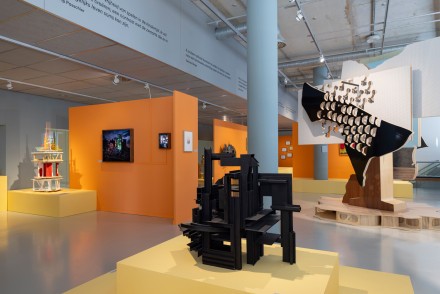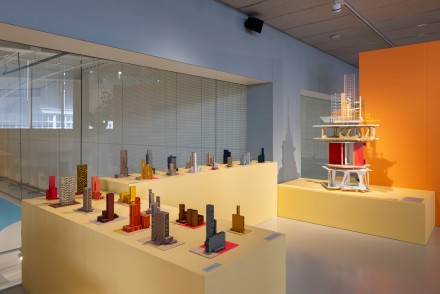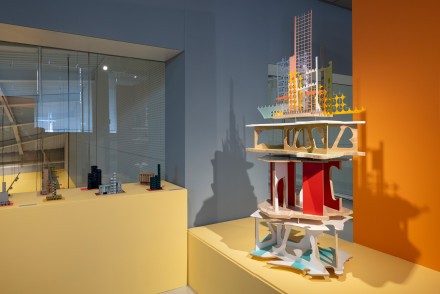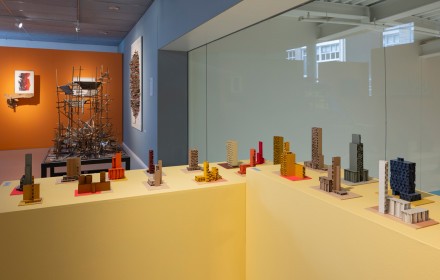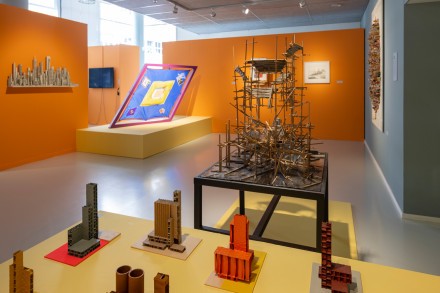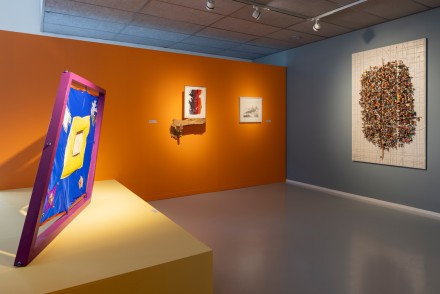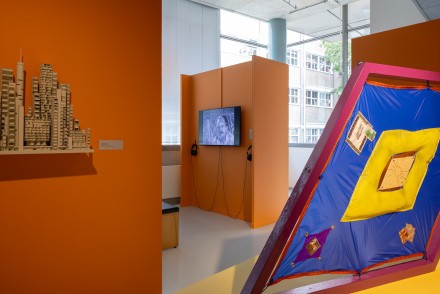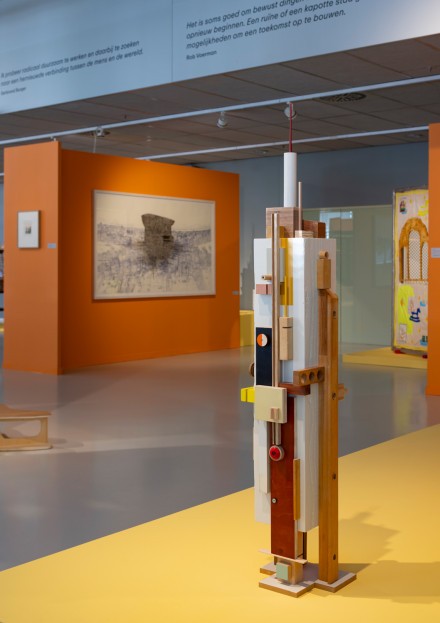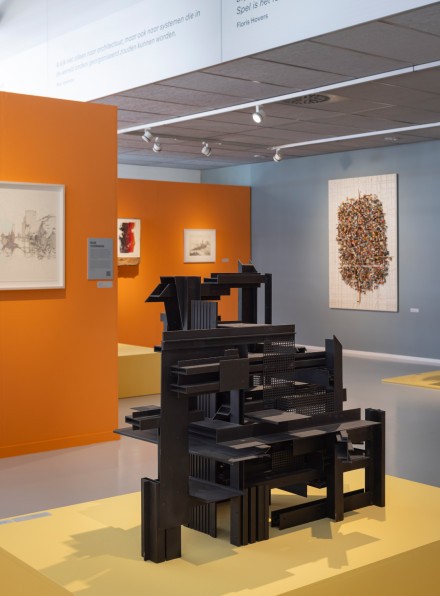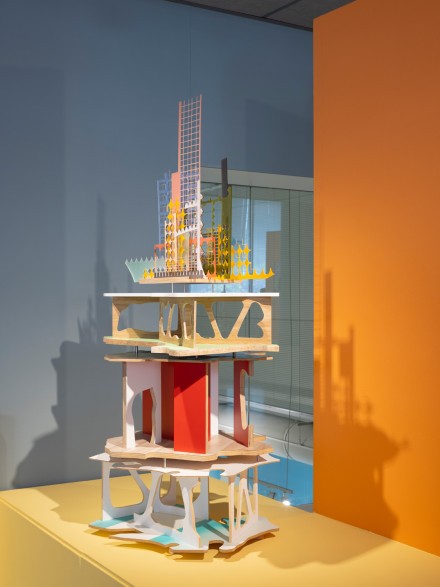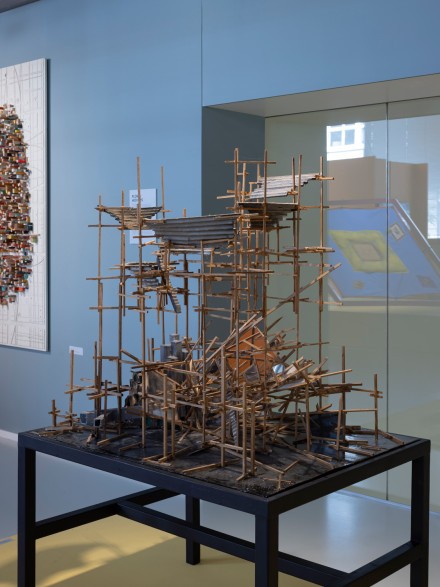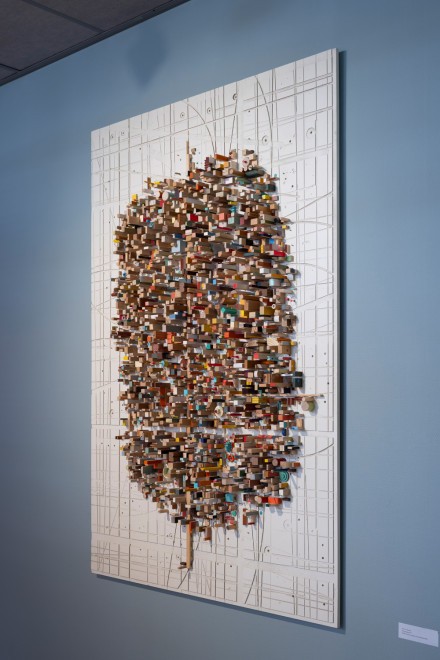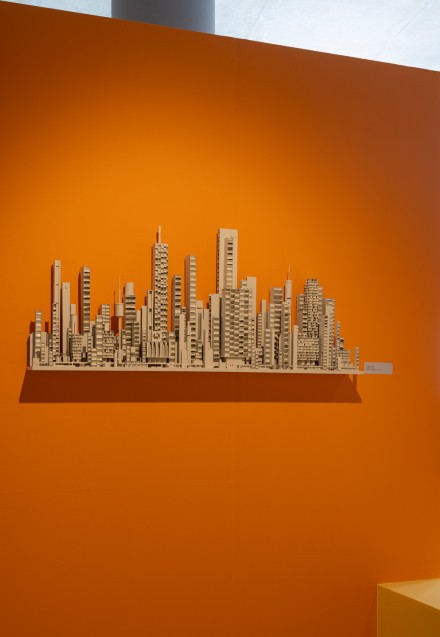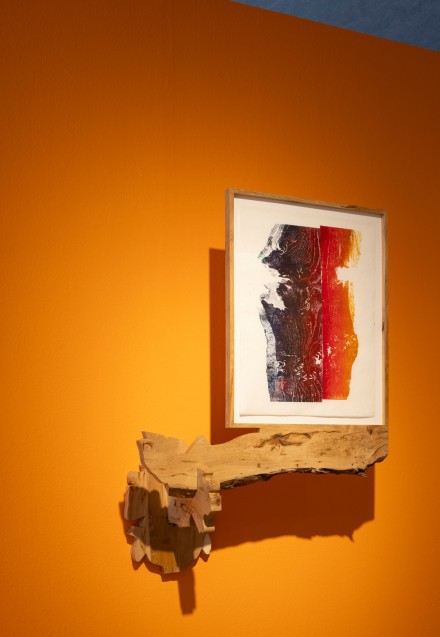Image
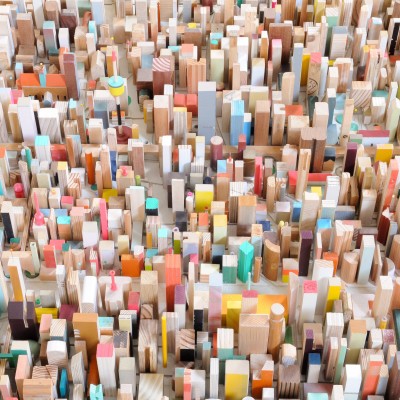

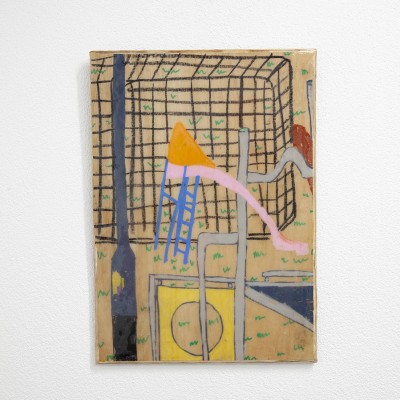
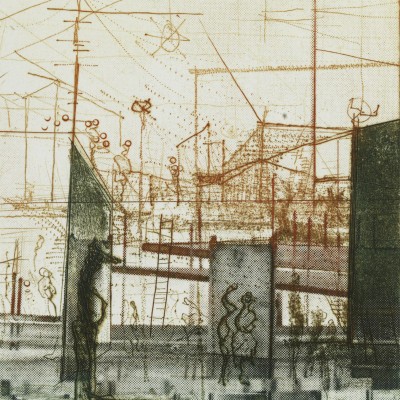
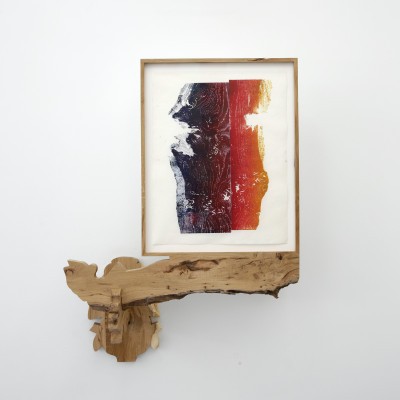

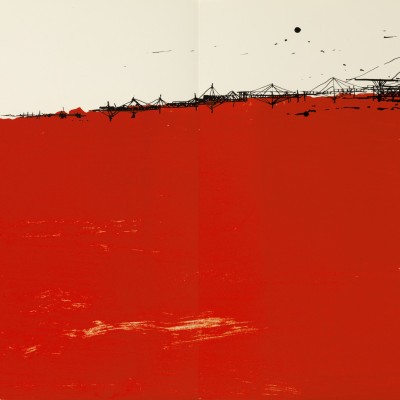
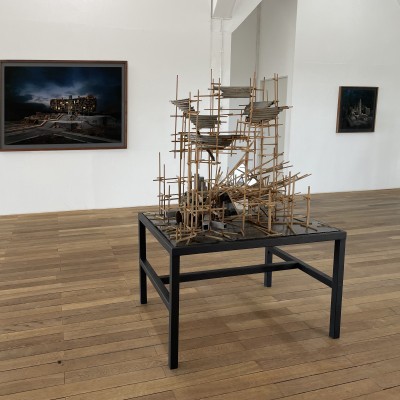
Editing, arranging, organising, stacking, merging, and breaking down in order to reconstruct: the act of building is multifaceted. When creating sculptures and installations, artists are often guided by a playful, inquisitive and intuitive process that leads to new insights about architectural forms and compositions. The end result evokes associations with utopian worlds, childhood creations and constructions or, conversely, sketches a bleak and apocalyptic world view. From 30 June to 29 September 2024, CODA presents the group exhibition Building a New World. This exhibition features the work of five artists and is inspired by the 1963 manifesto New Babylon, by visual artist Constant Nieuwenhuys (1920-2005). In this manifesto, Nieuwenhuys gives his vision of the city of the future, which holds the creative, playful human being at its centre. Besides the work of Constant Nieuwenhuys, the exhibition includes sculptures, installations, and drawings by Gerbrand Burger, Floris Hovers, Pip Passchier, and Rob Voerman.
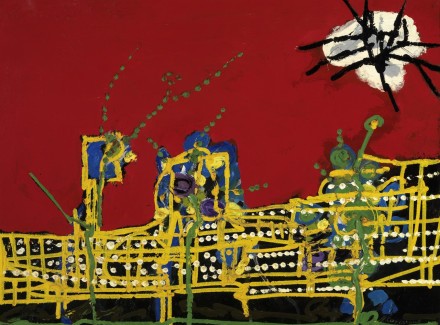
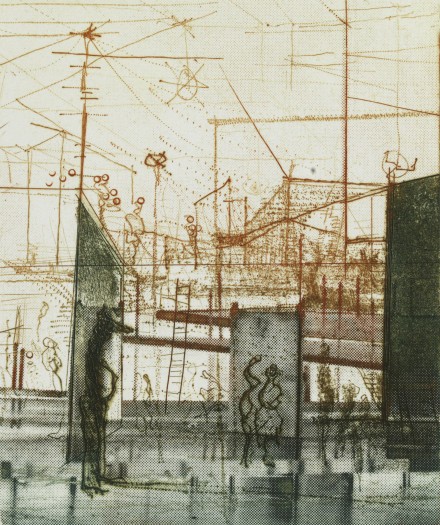
Constant was a member of the international group of artists known as CoBrA (1948-1951) and gained acclaim with his New Babylon project from 1956 to 1974. During the post-war reconstruction period, automation was transforming society and increasing the amount of free time people had. In 1956, Constant began designing urban models in which people were freed from manual labour and could fully devote themselves to developing their own creative ideas. The exhibition Building a New World features two models built by Nieuwenhuys in 1960, from the collection of Kunstmuseum Den Haag: Groot Labyr (Large Labyr) and Paysage artificiel (Artificial Landscape). Also on display is Stad (City), a painting made in 1956 by Constant in the Italian town of Alba, which CODA received on loan from Fondation Constant.
Constant’s New Babylon project spanned almost 20 years, took many forms and iterations, and painted a picture of a new kind of society. The work of graphic artist, sculptor and installation artist Rob Voerman (1966) also reflects on a future world. Architecture is a constant leitmotif in almost all his works, though his worlds are dystopian and apocalyptic rather than utopian or idealistic. Fictional, partly destroyed hybrid structures, etchings, and staged photographs foreshadow a yet unknown world in which nothing is certain or straightforward. Voerman’s work shows no traces of a ‘high tech new world’ – majestic constructions are on the verge of decline and ruin. His graphic works evoke a profound feeling of desolation; they are visions of landscapes and cities ravaged by chaos and decay.
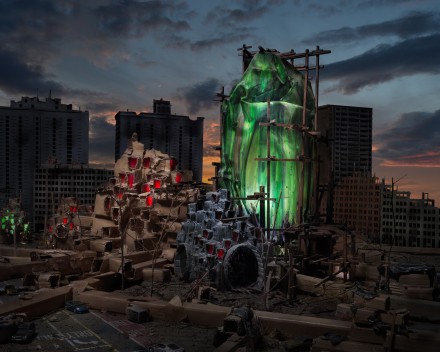


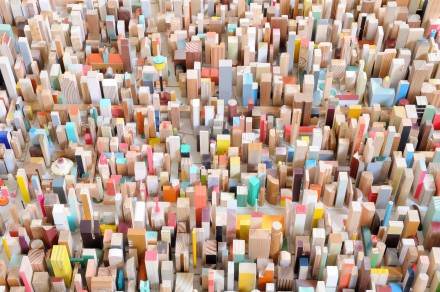
By contrast, visual artist and scenographer Gerbrand Burger (1976) refers in his works to a more utopian world, in which sustainability is of great importance. Burger explores the surface of architectural forms and volumes in a process-based manner, guided by materiality and craftsmanship. By playing with scale and perspective, he explores the boundaries between art and design, aesthetics and functionality, nature and culture. In 2023, he started The Thinking Forest Foundation at the Welna estate in Epe, the Netherlands, with the main goal of improving soil health and biodiversity there, through nature-oriented, regenerative forest management. Thinking Forest uses wood from the forest that has been planted to build artworks and provokes reflection on a sustainable art world. His Layer Cake Utopia is a cake sculpture constructed from layers of MDF, chipboard and acrylic, based on form studies that led to 3D maps that visitors can walk around.
Pip Passchier (1995) and Floris Hovers (1976) both create playful, colourful worlds that explore and question the architecture around us. Passchier uses elements in her work that refer to our collective childhood experiences. The shape of the window or frame appears again and again, for instance as the front of a puppet theatre or in a work that primarily evokes associations with kites or trampolines. A small construction drawing for children’s toys is included in Building a New World. Passchier finds it cynical and lovable at the same time that, as adults, we make toys for our children and often end up playing with them ourselves. With Bricks in the Sky, Passchier refers to the countless stacks of bricks and building materials in public spaces and on construction sites.
Floris Hovers also draws inspiration from toys, commenting, ‘As an adult, can you revisit naivety without being held back by all the knowledge and skills you have acquired? Never stop playing!’ Building a New World features Hovers’ fantasy cities, skylines and abandoned factories. His designs are constantly seeking simplicity and a balance between function and aesthetics. He calls the result of that pursuit ‘letting the superfluous evaporate.’ Herman Hertzberger (1932), architect of the CODA Museum building, still uses geometric structures in his designs today. Those structures and patterns are mirrored in the grids of Floris Hovers’ honeycomb cardboard works. He strives to create structures that are not complex, but do evoke wonder and sympathy.
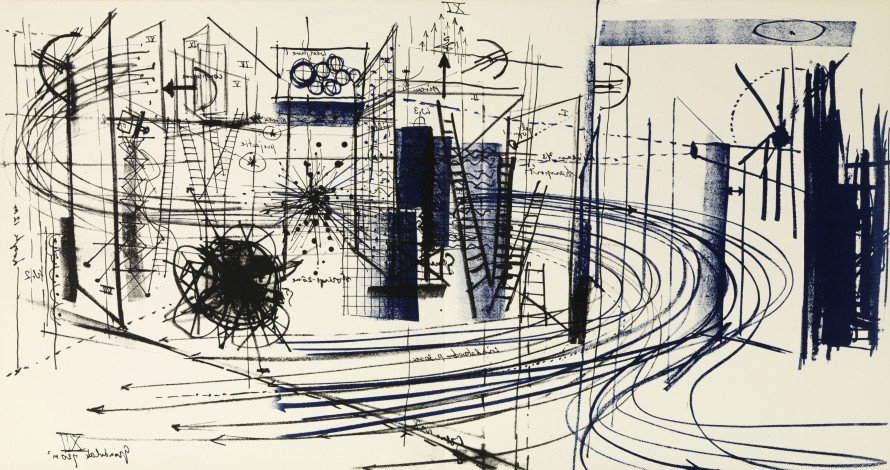
Opening and activity programme
The exhibition Building a New World will open at 2.30pm on Sunday 30 June. Would you like to attend? Go to www.coda-apeldoorn.nl/bouwen and click on the green button to register.
Additionally, various activities inspired by the exhibition Building a New World are scheduled to take place in CODA Atelier. In CODA ExperienceLab, you can discover LEGO robots and join building afternoons, among other things. Tickets for the activities can be found at www.coda-apeldoorn.nl/eventbrite or in the activity calendar at www.coda-apeldoorn.nl/agenda


